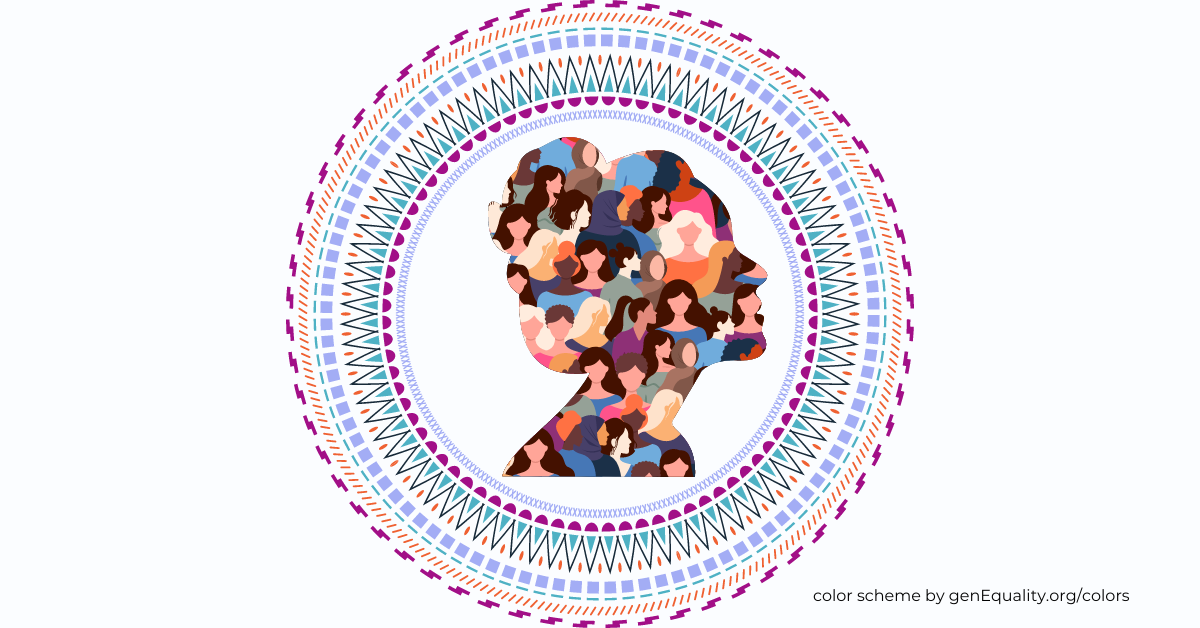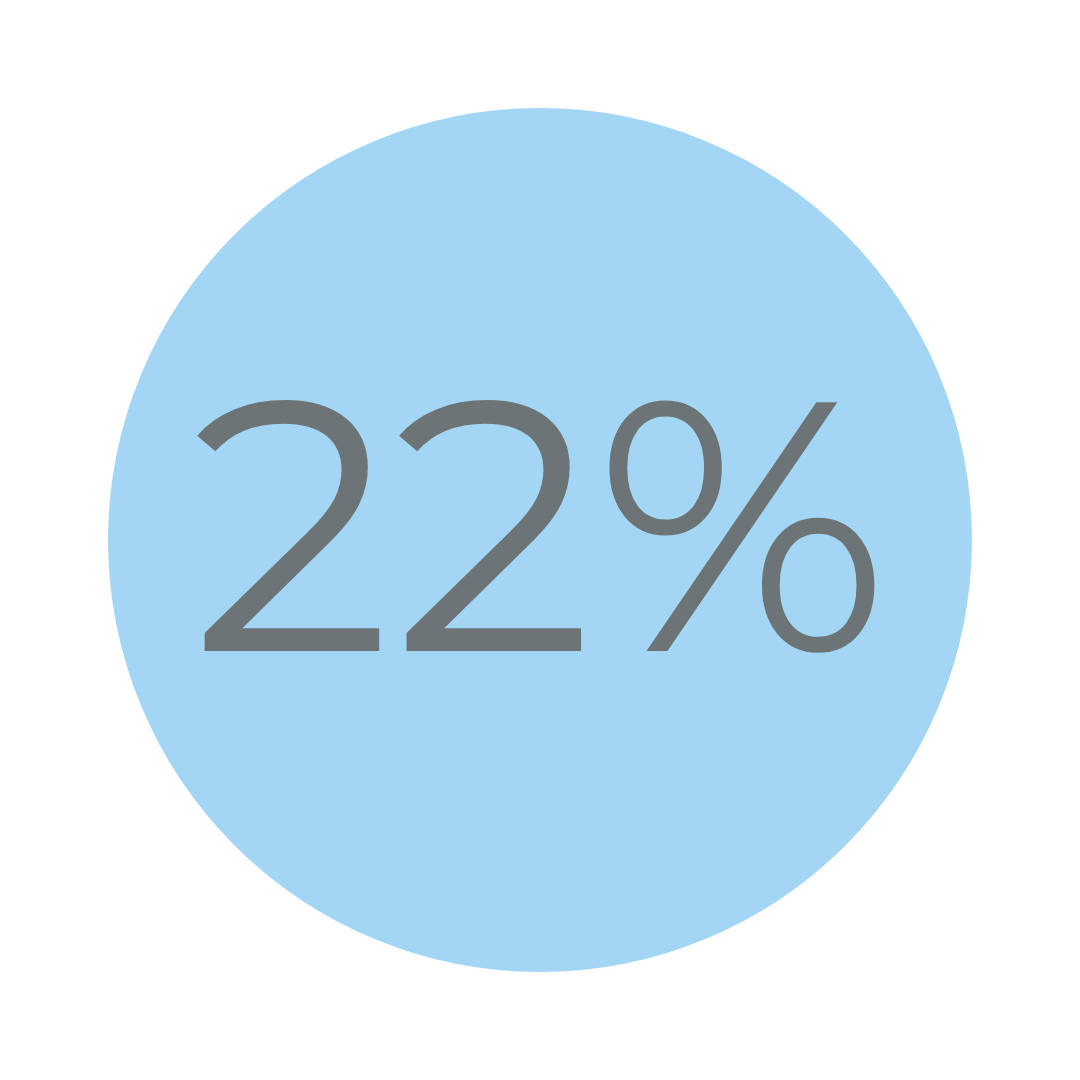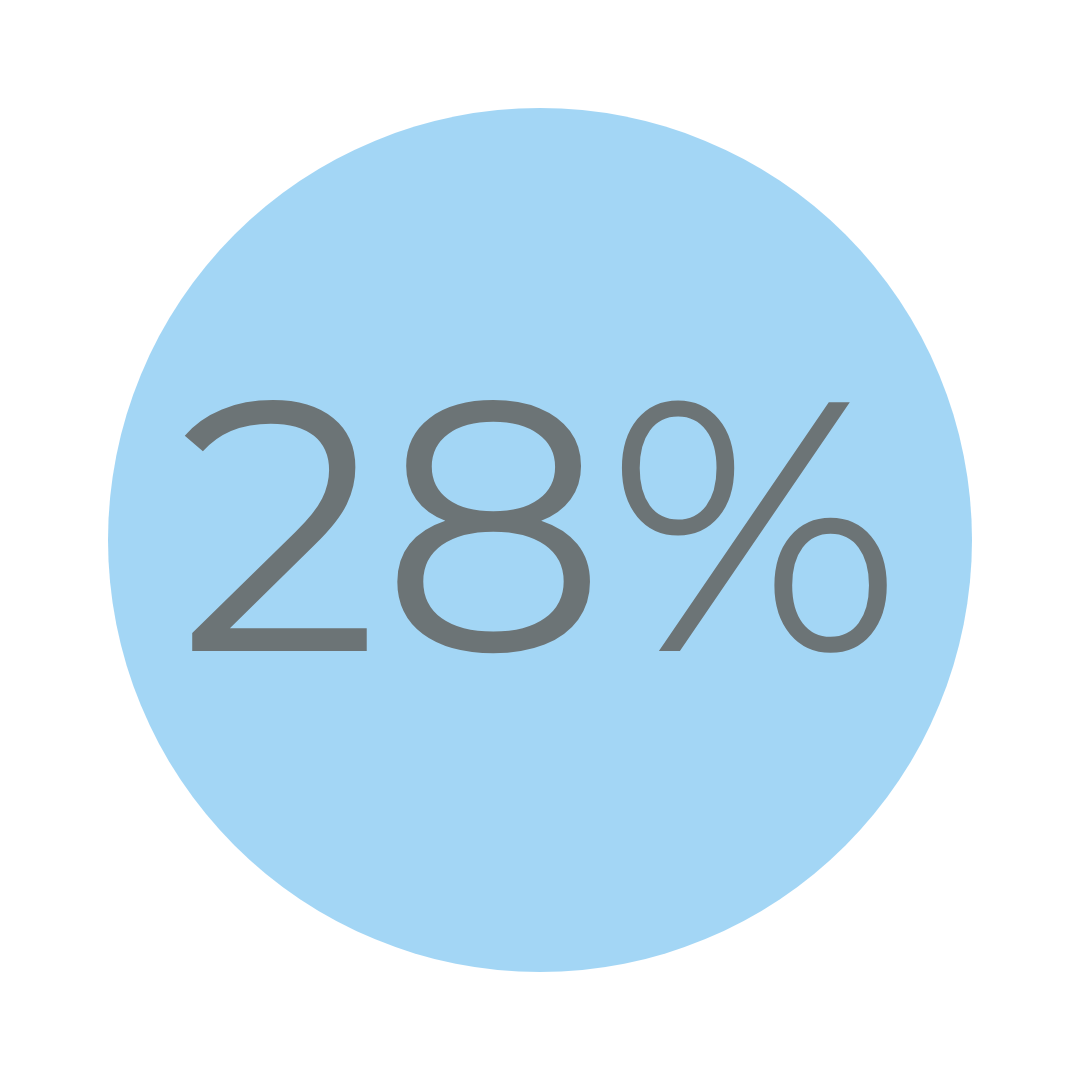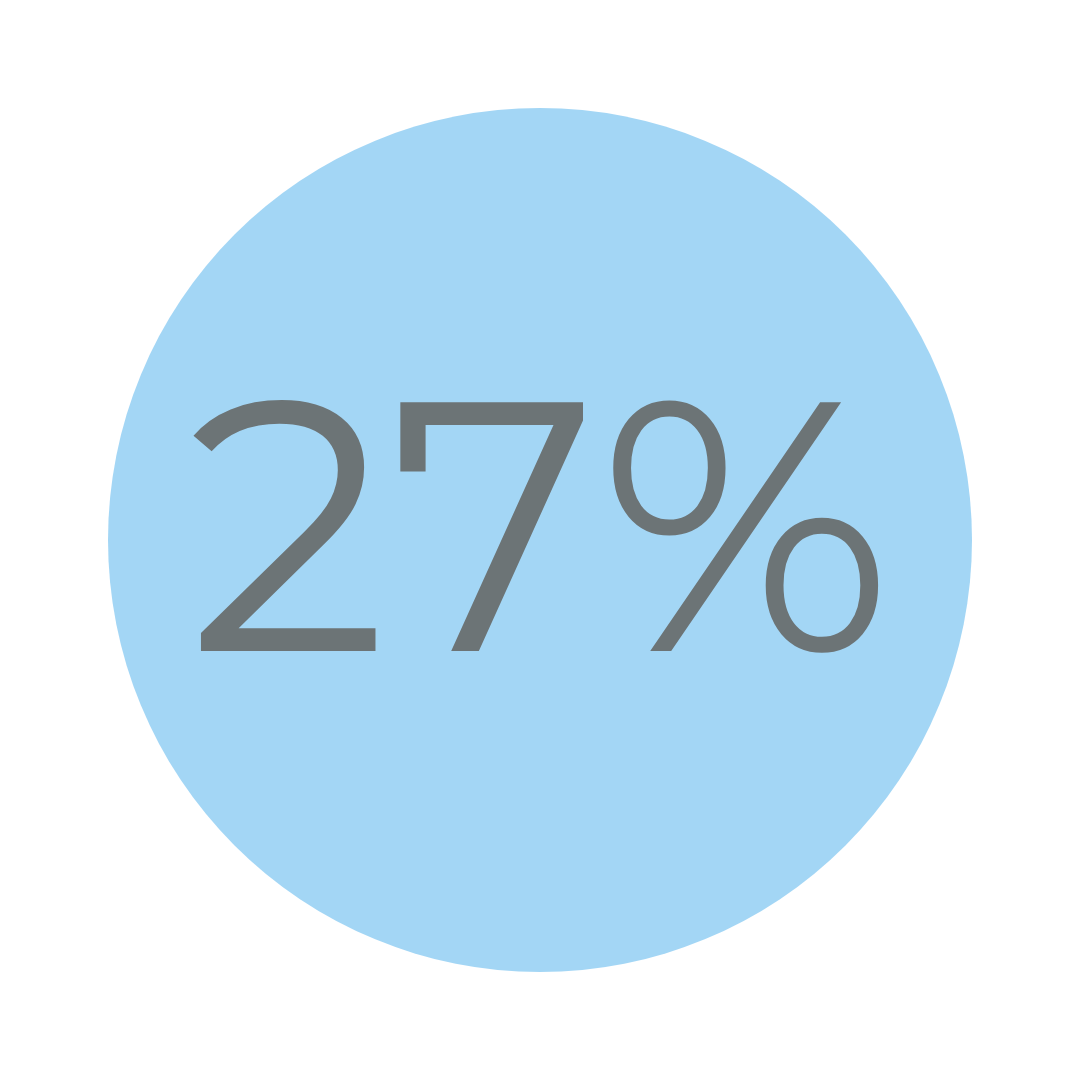Designing for Equity: The Case for a Human Centered Approach to Law Firm Gender Equality

It’s not for lack of trying. For many years, law firms have had women’s initiatives, women’s groups, and other programs in place to help support women. But these efforts have not moved the needle much, if at all. According the ABA, women make up less than a third of equity partners, executive committees, and practice group leaders.

Women Equity Partners

Women on Governing Committees

Women Practice Group Leaders
It’s not a pipeline problem.
When I graduated from UCLA law in 2000, half my class was women, and I expect most other top schools had similar gender balance. Almost a quarter century later, my classmates are managing partners, practice group leaders, and other similar leadership roles. You’d expect that the gender balance would be reflected, but it is not even close.
What is the problem?
The problem is we don’t know what the problem is. Or more accurately, we don’t know what the problems are. Common assumptions are that it has to do with personal and family responsibilities, lack of interest in the profession, or a desire for less time spent at work. In response, many firms look for solutions like better benefits or flexible work options. Those assumptions may be partially correct, but themselves suffer from another type of problem that is harder to recognize and even harder to solve: implicit bias.

Implicit bias is pernicious. It defies efforts to eliminate it and remains a very real barrier to women’s advancement. It is embedded in law firm operations, like hiring for “culture fit” and in internal opportunities, like informal networking where people (men and women) naturally gravitate towards those who look like them, and distribution of work to those who fit the mold.
Compounding the challenge of implicit bias for law firm gender equity is the dearth of women in leadership positions, which leaves identifying and eliminating it to whose who are least likely to have experienced it.
I was on a call recently where we broke into groups to discuss how our “social location” contributes to our perception of people and what they say. Two of the men (not lawyers, as it happens) stated they simply wouldn’t let it influence them. That is something we should all aspire to. But let’s face it, implicit bias is by definition unconscious. Denying it exists only makes it harder to eradicate.
Why Human-Centered Design?
I believe that human-centered design can change the world. It’s perfect for problems are complex, multi-faceted, involve diverse stakeholders, and are unique to specific cultural, social, and economic contexts. Here’s why:
- Empathy and Understanding The cornerstone of human-centered design (HCD) is understanding the experiences, desires, and needs of those affected by an issue – even if indirectly.
- Collaboration HCD invites people from various backgrounds and perspectives to co-create solutions because diverse teams simply solve problems better.
- Tailored Solutions HCD acknowledges that one size rarely fits all – or even more than one. It accounts for the nuances unique to each situation.
- Iteration No one gets it right on the first try, especially when it comes to complex human problems. Mistakes are simply opportunities to understand the problem better. With more information, each subsequent effort will be better.
Human centered design sparks new ways of thinking and drives lasting change.
Human-Centered Design + Gender Equity
Gender equity just the type of issue that human-centered design is meant to address. It is complex, with many interconnected factors like social customs, cultural norms, and socio-economic backgrounds. It impacts everyone and rarely in the same manner. It often lurks behind other issues and can be difficult to flush out.
The Power of Empathy
A human-centered approach begins with listening to the women in your firm and the gender-based challenges they face. Through empathy, assumptions are replaced with a deep understanding of their real, lived experiences. Human centered design elicits the nuances in how gender inequality manifests at your firm, uncovering hidden biases and systemic barriers that are not immediately apparent.
Gathering information and insights from women at your firm also combats complacency that can arise from looking at external sources. While Mansfield Certification and making “Best Firms for Women” lists are laudable accomplishments, they often engender sentiments along the line of “see, we’re trying.” Trying is good. Succeeding is better. The difference is human-centered.
The Power of Collaboration
Human-centered design is a team sport, and for good reason. Bringing the people impacted by gender equality in the same room as those with the power to enact change not only leads to more innovative ideas, it ensures you are solving the right problem. That is, the problem that is most relevant to the people affected. It’s an opportunity to validate ideas before committing too much time or resources.
We all want to avoid working on the wrong problem. We also want to avoid solutions that are unrealistic for other reasons. Collaboration mitigates this risk by inviting different perspectives into the conversation. Not only is it much easier to address financial or logistical concerns at the design phase, it ensures that solutions will align with your firm’s business goals and priorities.
The Power of Co-Creation
As I’ve written about before, it is challenging to get lawyers to change the way they do things. By fostering a sense of shared ownership and communicating the importance of gender equality and how it relates to the firm’s mission and values, co-creation builds buy-in in real time.
By choosing a human-centered approach to gender equality, law firm leaders invite open and honest communication, show willingness to take action, and demonstrate their commitment to a fair and equitable profession.
If you’d like to learn more about human-centered design and how it can help you achieve gender equity at your law firm, book a free introductory call with Katherine.
